Alternatives to Callery pear, an invasive and troublesome landscape tree
For homeowners or landscapers in Michigan looking to plant small to medium flowering trees this spring, consider these alternatives to Callery pear.

Spring is upon us in Michigan, and that means an explosion of white flowering trees along roadsides, ditches and vacant lots (Photo 1). While a profusion of white flowers along a highway might seem attractive at first glance, this springtime display is the result of the continuing invasion of Callery pear in the Midwest. Callery pear, which includes cultivars such as Bradford and Cleveland select, is a widely planted, medium-sized flowering tree. Callery pear are native to Asia but have been planted as landscape trees for decades because of their showy white flowers that appear early in the spring.
In addition to their eye-catching floral display, Callery pears were popular as landscape trees because of their broad adaptability and tolerance of a broad range of site conditions. The tree has a compact form and usually tops out at about 35 feet, which has made it a go-to tree for both landscapers and homeowners looking for small- to medium-sized trees.
Despite its attractive flowering and low-maintenance needs, arborists and others have had Callery pear on their black list for decades. Among tree professionals, Callery pear are notorious for their poor crown structure that results in weak branch attachment and broken limbs following storms (Photos 2 and 3). Moreover, the flowers of Callery pear may be visually striking but to most people their scent is anything but desirable.
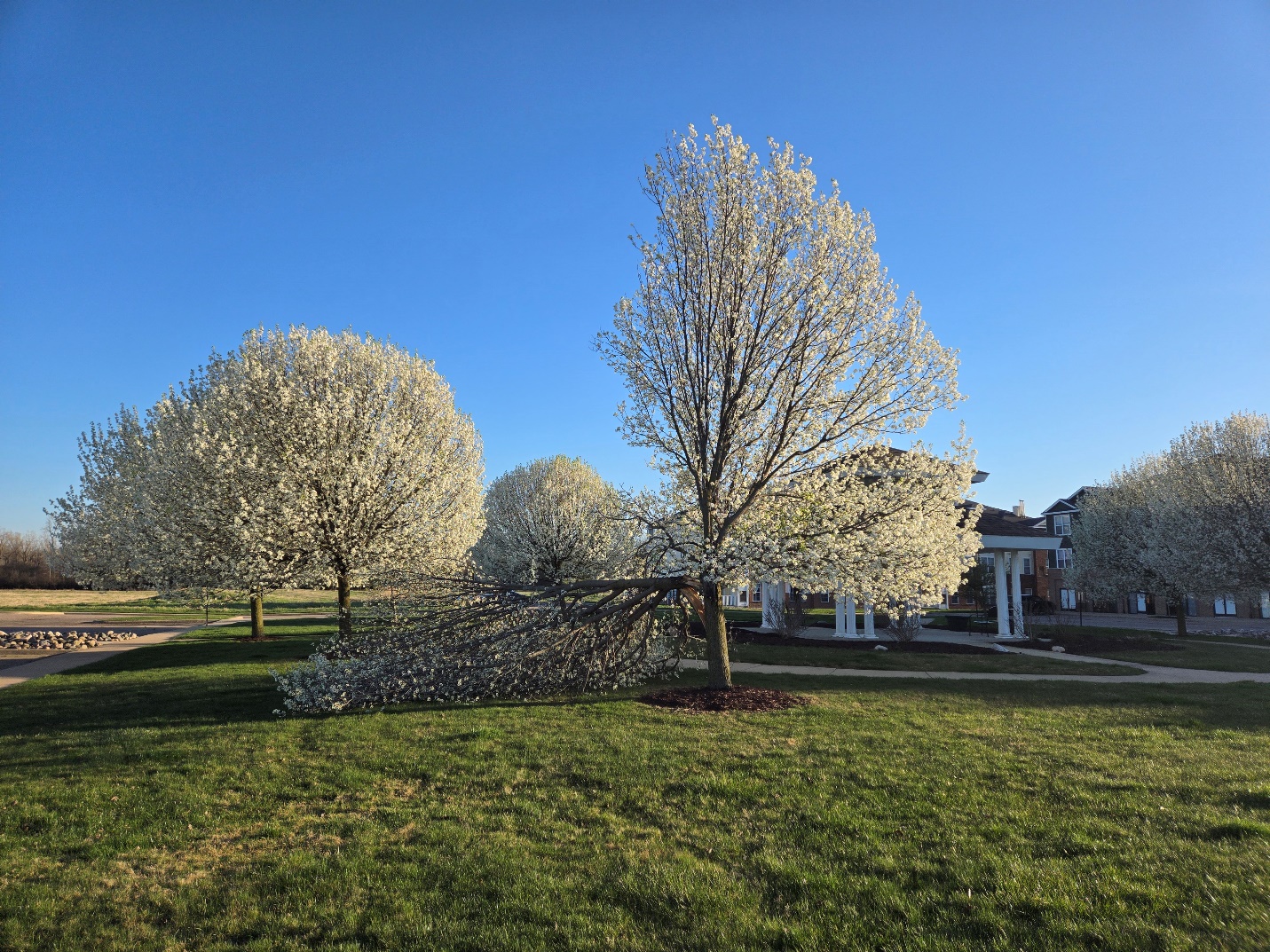
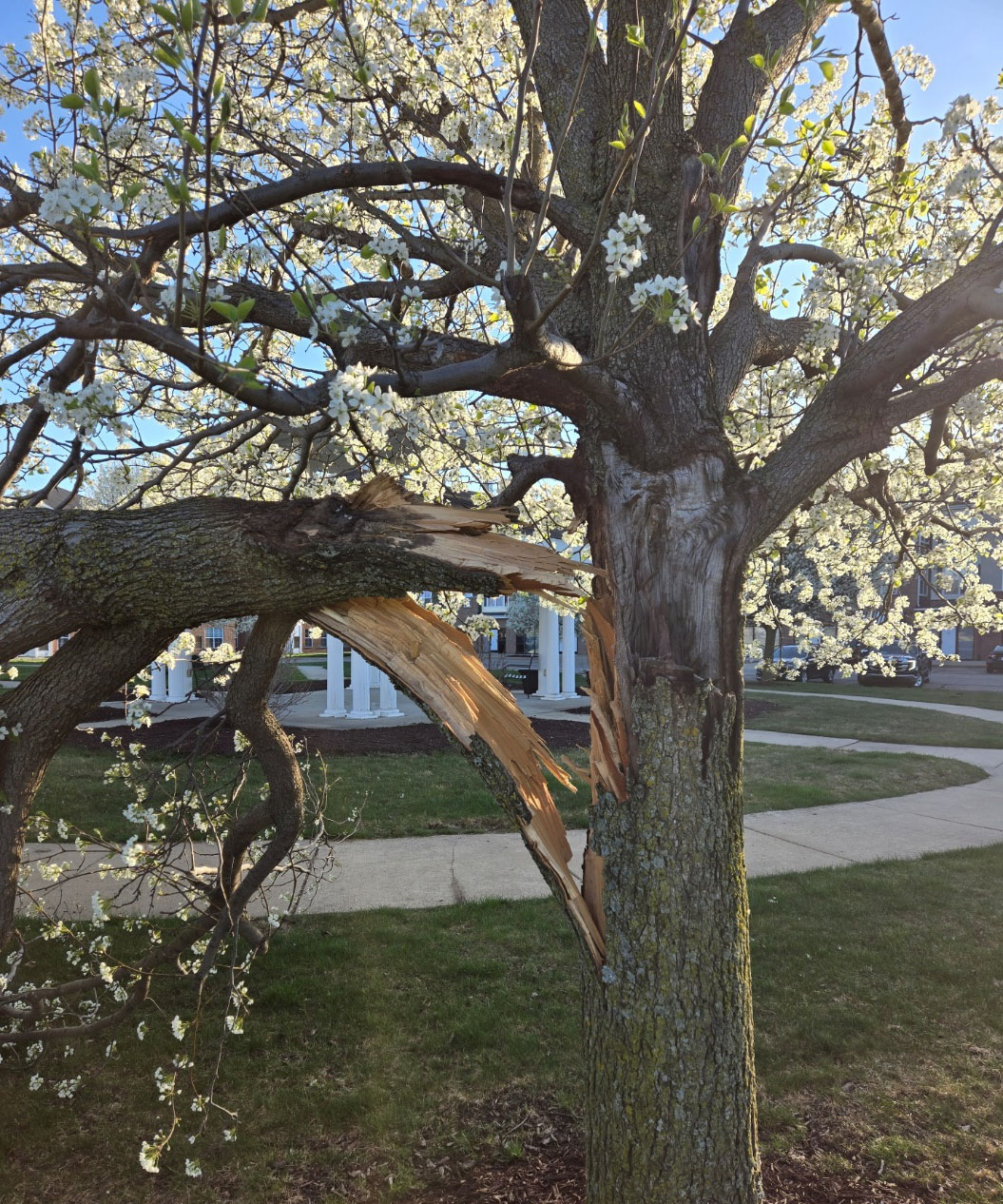
More recently, Callery pears have become increasingly prolific and are showing up in places where they were not planted. Several states, including Ohio, Pennsylvania and Missouri, have banned or are in the process of banning sales of Callery pear because of its increasing invasiveness. Some states have even enacted amnesty or buy-back programs that allow homeowners to trade in their Callery pear (or remains of same) for an alternative tree.
For homeowners or landscapers in Michigan looking to plant small to medium flowering trees this spring, Michigan State University Extension suggests these alternatives to Callery pear. All are attractive to pollinators and are unlikely to spread to unwanted spaces.
Redbud
Redbuds are native throughout much of eastern U.S., including the southern tier of counties in Michigan and grow well throughout much of Lower Michigan. Despite their name, redbuds produce a bright display of pink flowers in the spring (Photo 4). In addition to standard pink varieties, numerous cultivars of redbud are available with white or nearly fluorescent pink flowers (Photo 5) as well as selections with a reddish leaf color. Redbuds naturally occur under the canopy of taller trees and are well adapted to shady spots.
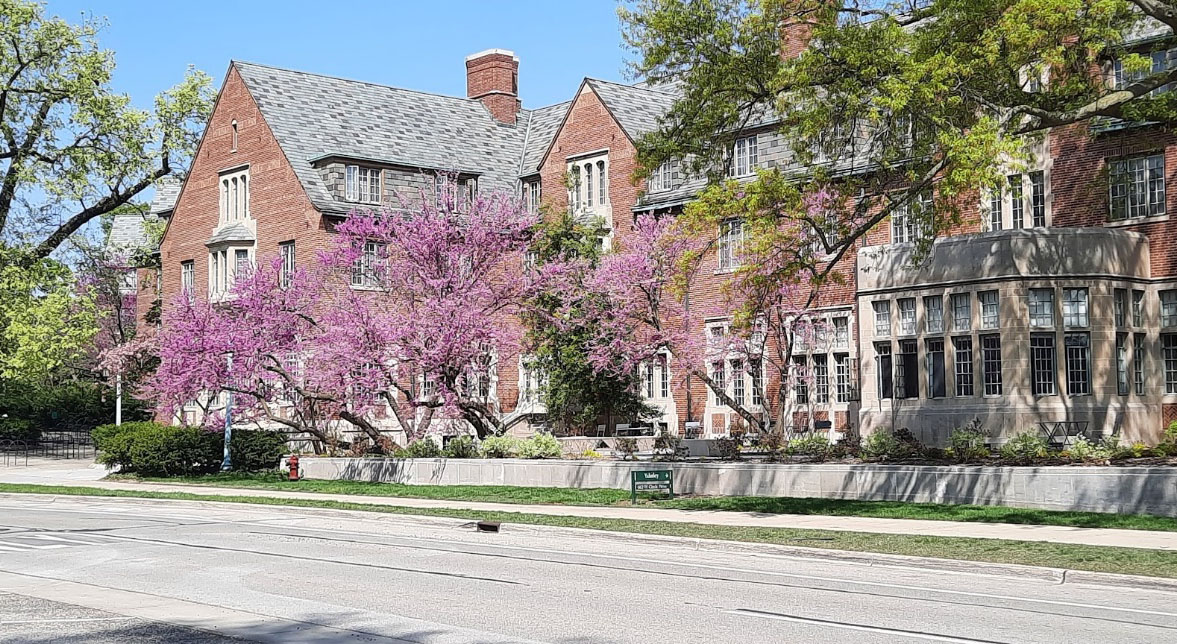
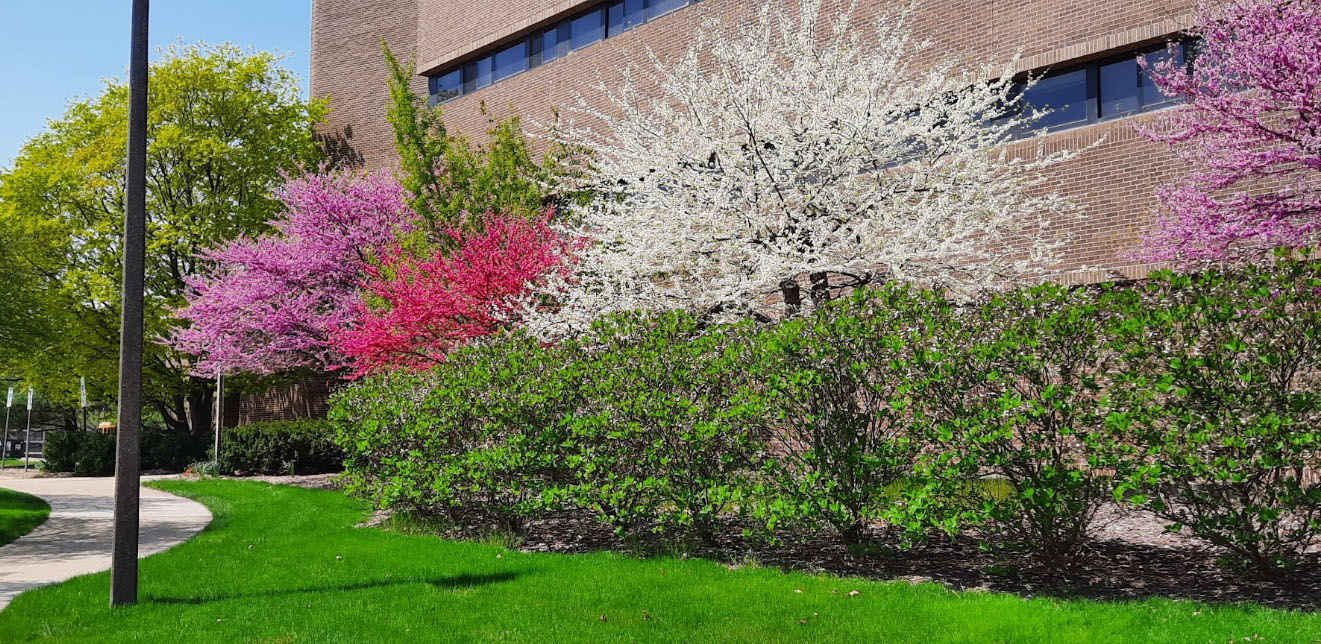
Japanese tree lilac
The flowers of Japanese tree lilac tend to be more of a subtle cream color compared to the spectacular white of Callery pear. Nonetheless, tree lilacs fit the bill as a flowering tree that can tolerate a broad range of soil conditions and thrive on tough sites (Photo 6).
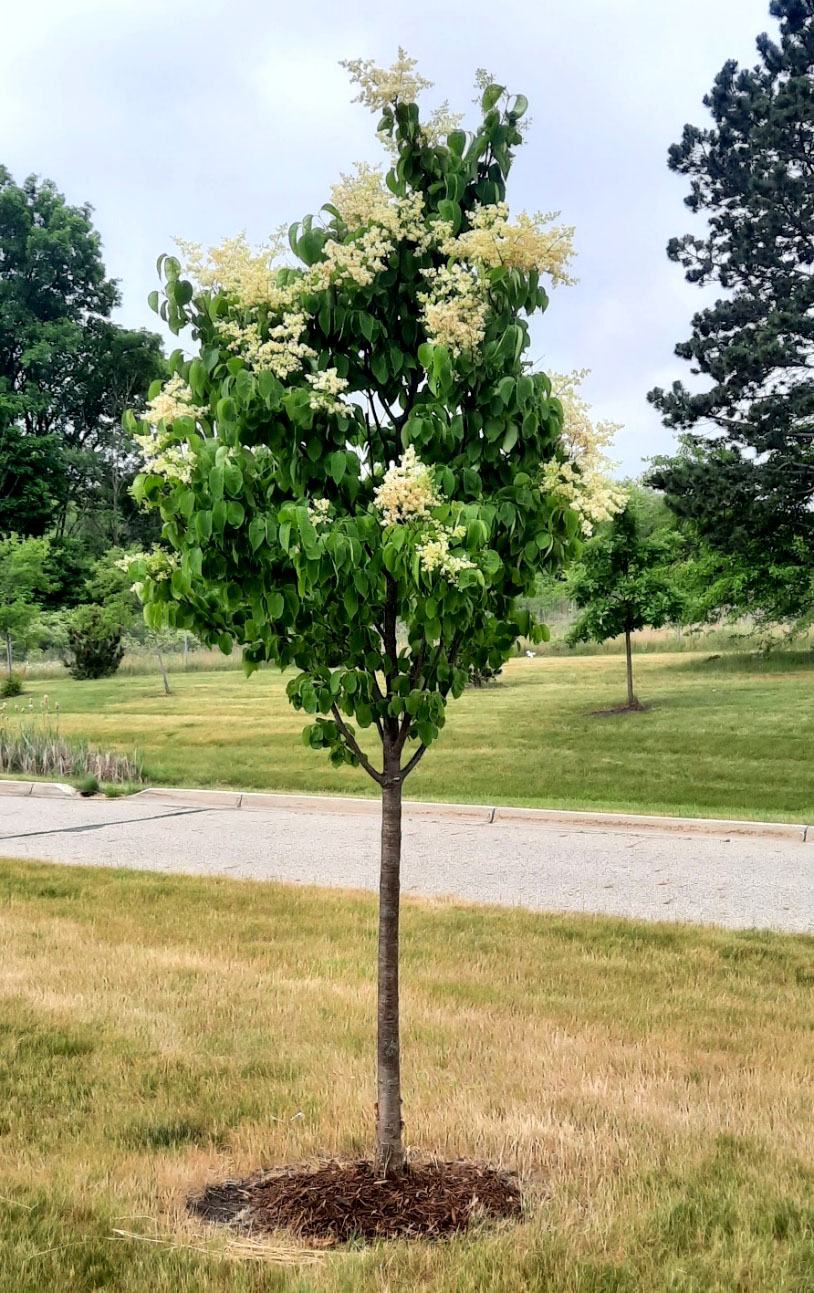
Crabapple
Crabapples have long been a standby for spring flowering trees in the Midwest. Nursery catalogs include dozens of crabapple cultivars with white, pink or red flowers as well as varying tree sizes, forms and leaf colors. When searching for crabapples in Michigan, look for selections that are resistant to fire blight and leaf scab. On the Michigan State University campus, crabapples put on a spectacular floral show just in time for commencement activities in late April and early May each year (Photos 7 and 8). However, many of the largest crabapple trees on campus are older selections that are not apple scab resistant. By the time returning students arrive in August, the trees have lost many of their leaves and look haggard.
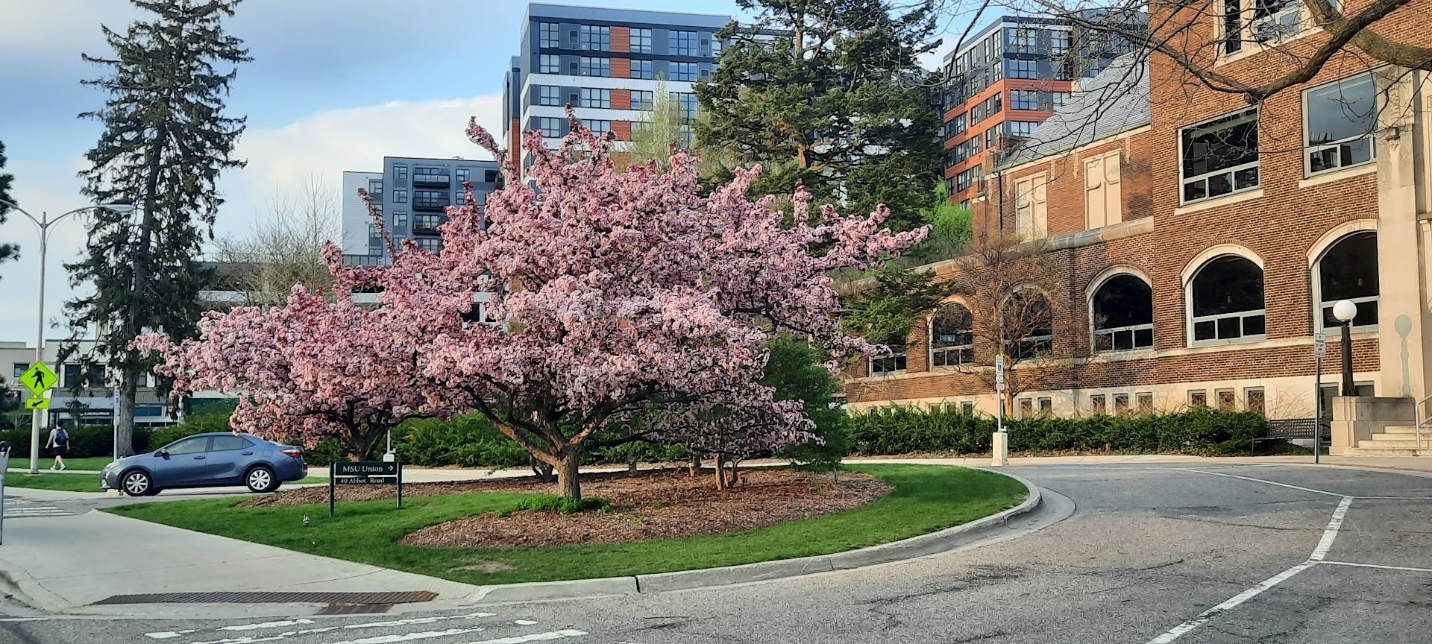
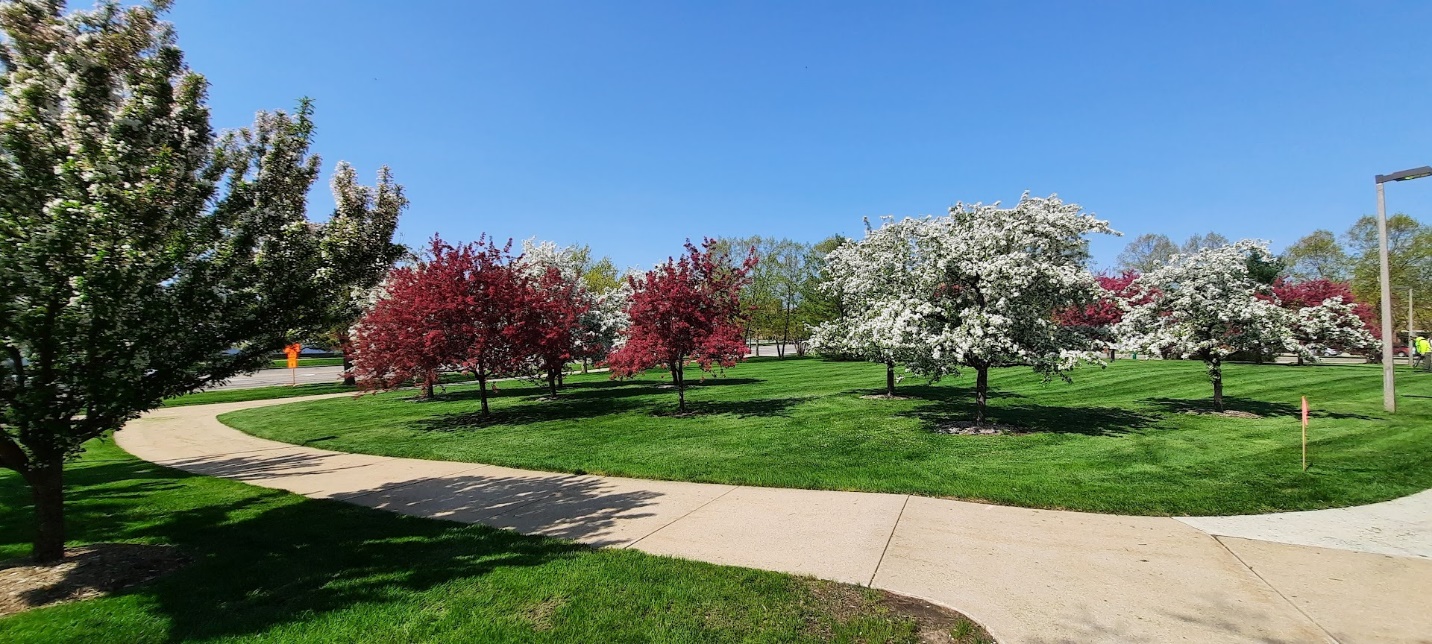
Flowering cherry
As with crabapples, flowering cherries are available in a variety of tree forms including upright, rounded or weeping and green- or purple-leaved varieties (Photo 9). With some exceptions, cherries don’t check the tough tree box to the same extent that Callery pear does, so look for good sites to plant these trees and look forward to the floral show in early spring.
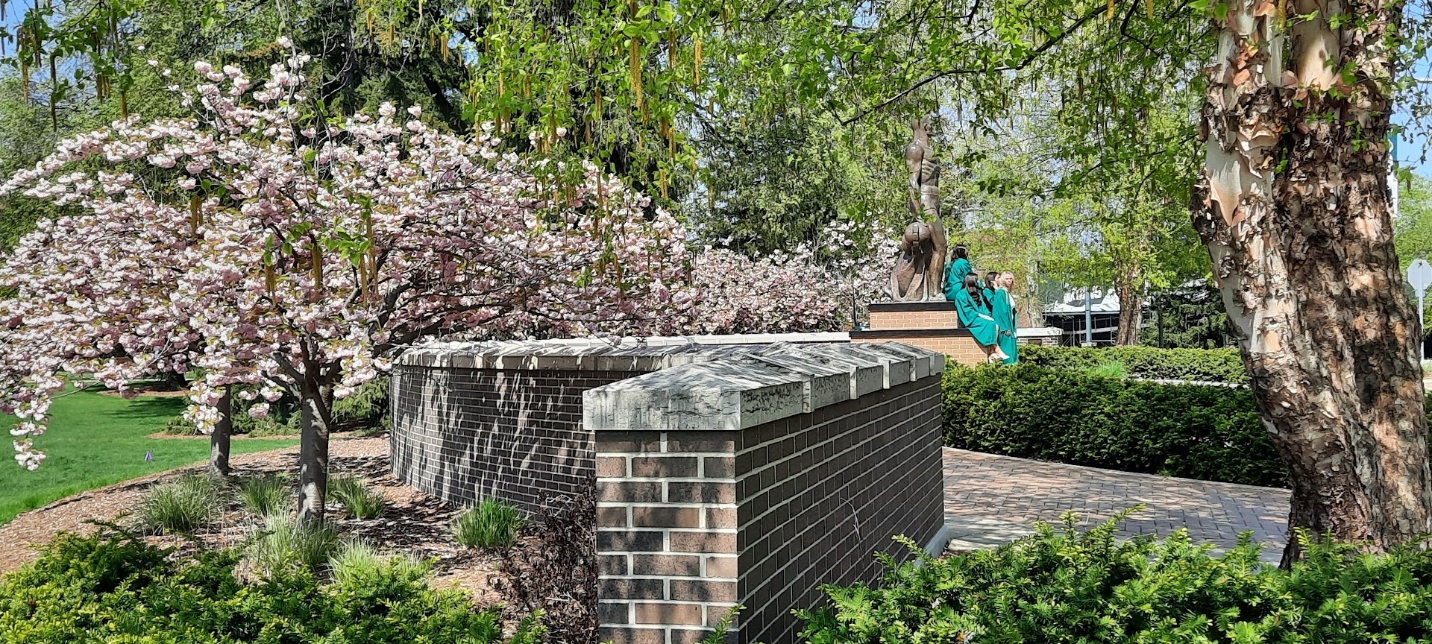
Magnolia
Along with hyacinths and daffodils, magnolias are among the earliest harbingers of spring in the Midwest. Cultivars of saucer magnolia (Photo 10) and star magnolia are among the most common types planted in Lower Michigan. Both provide striking floral displays in early spring and make good specimen plants. Magnolias do best on the proverbial moist but well-drained sites, so they are not in the tough tree category. Also, because they flower very early in the spring, magnolia flowers are sometimes damaged by frost.
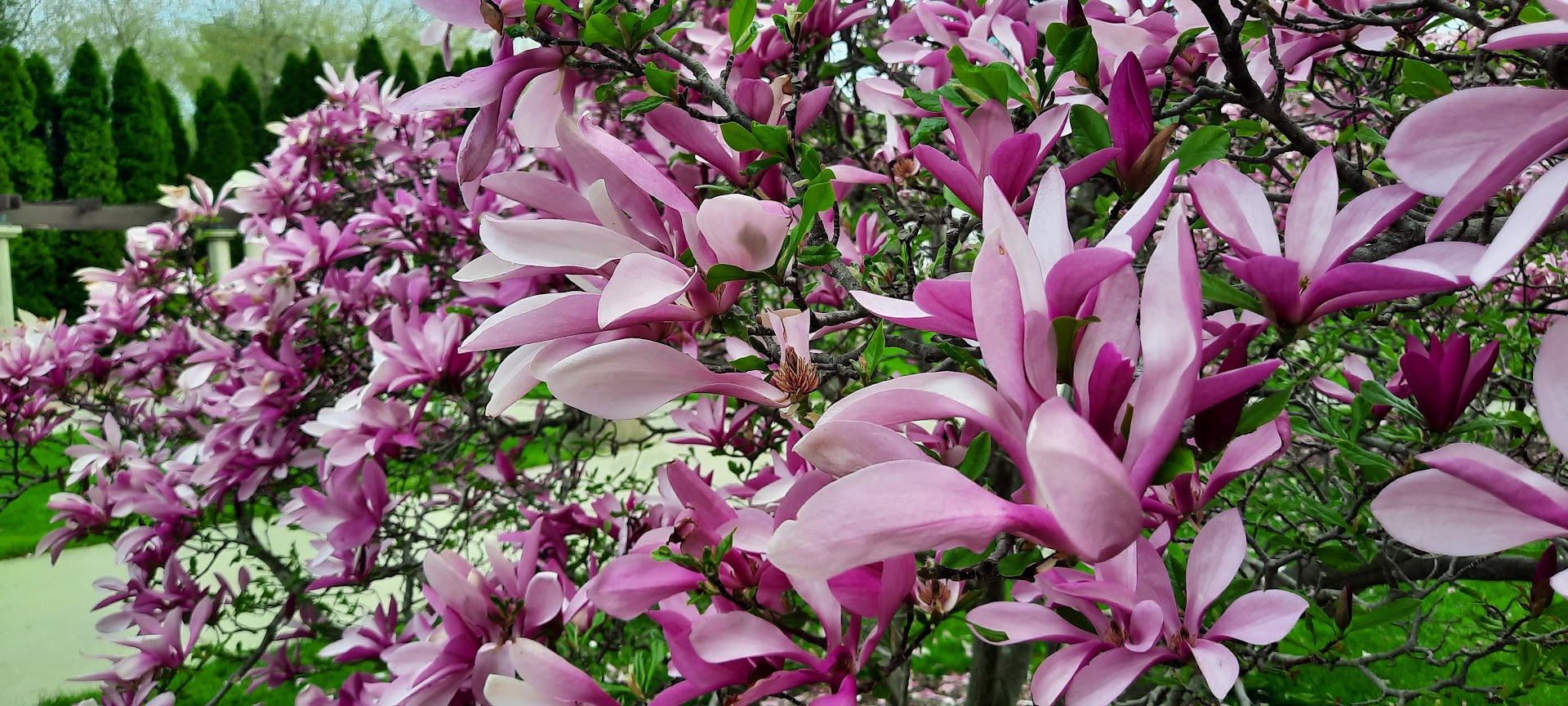
Dogwood
Dogwoods are typically small understory trees that do well in protected locations with acidic soils. While their site requirements may limit where you can plant them, dogwoods can be a great choice for spring flowers (Photo 11). Dogwoods are often referred to as Florida or Kousa types. This refers to two of the main species of dogwood, Cornus florida and Cornus kousa. While we may associate the name Florida’ with the state, Cornus florida is native throughout the eastern U.S. including the southern half of the Lower Peninsula. Cornus kousa, in contrast, is native to eastern Asia. Numerous cultivars of both types, with either white or pink flowers and varying leaf colors, are available at nurseries.
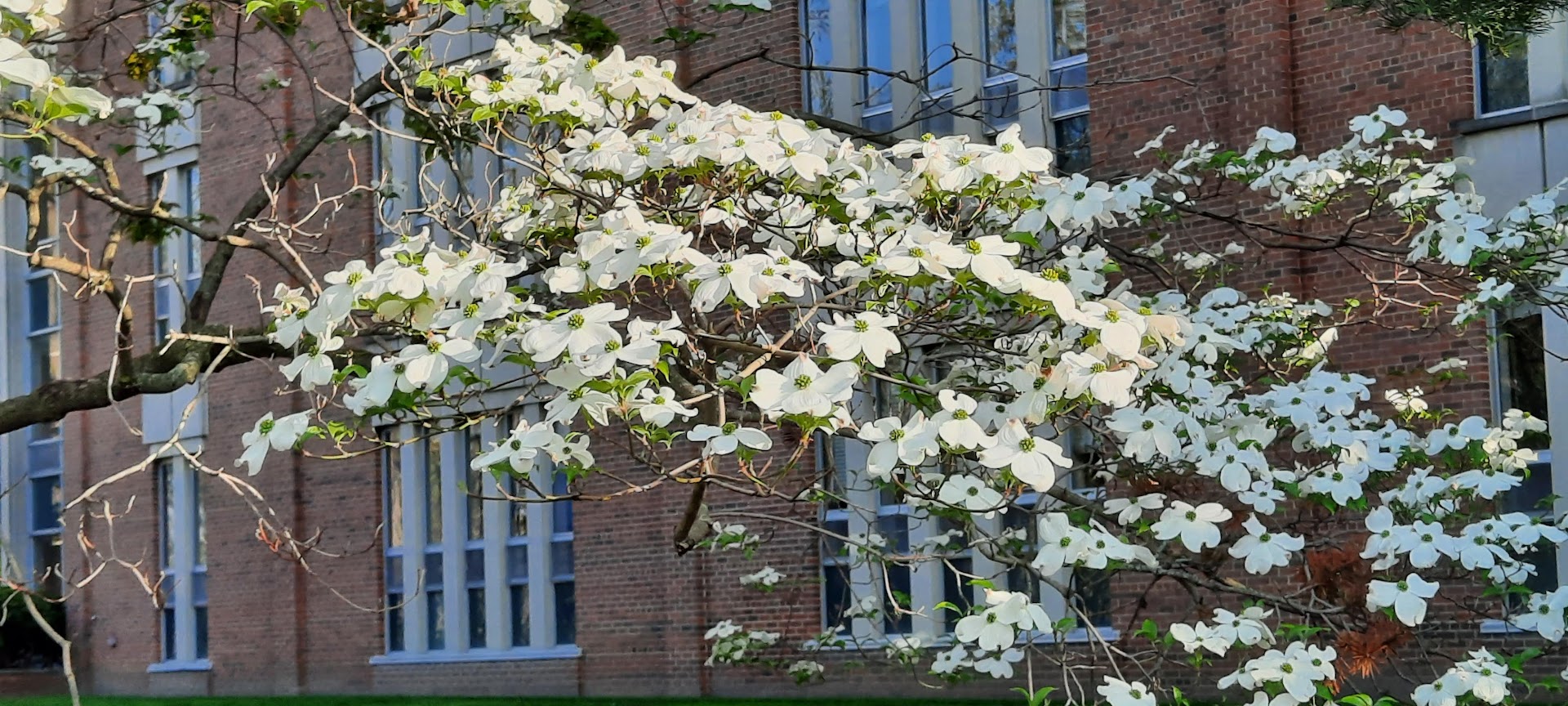
Serviceberry
Serviceberries are small trees (up to 25 feet) or large shrubs that provide a display of white flowers in the spring (Photo 12). Serviceberries can provide excellent fall color and their fruit are excellent food for wildlife. Several cultivars of serviceberry are available in the landscape nursery trade that have been selected for tree form and fall color. Some species of serviceberry that are native to the eastern and midwestern U.S, such as downy serviceberry or Allegheny serviceberry, can often be found at natural resource district conservation tree sales.




 Print
Print Email
Email



